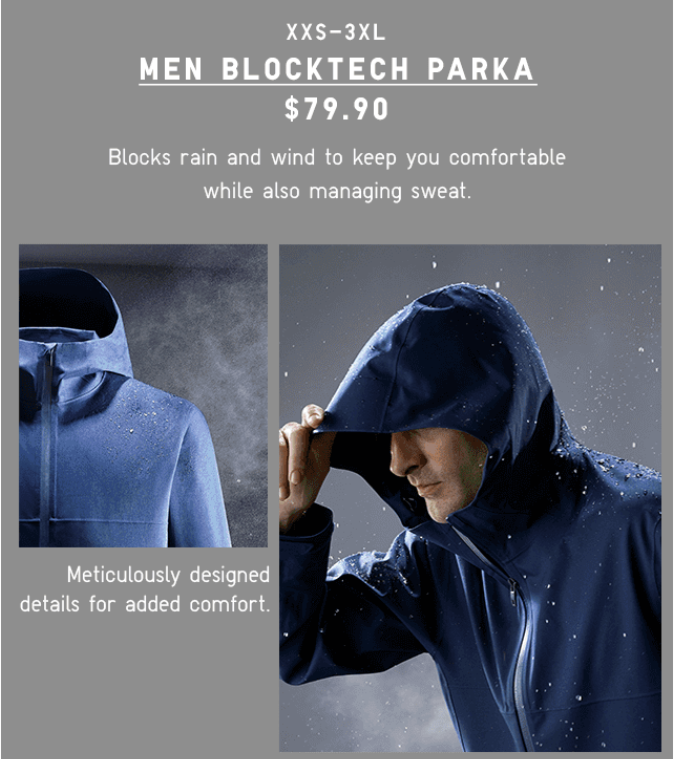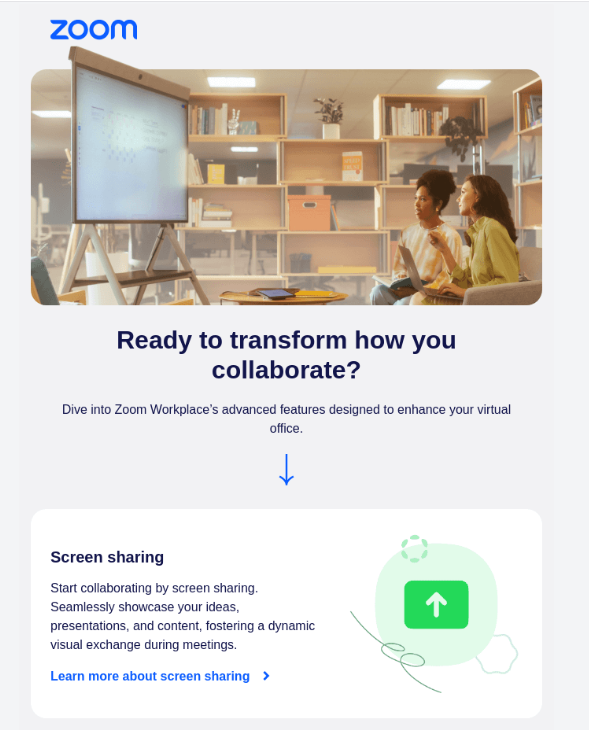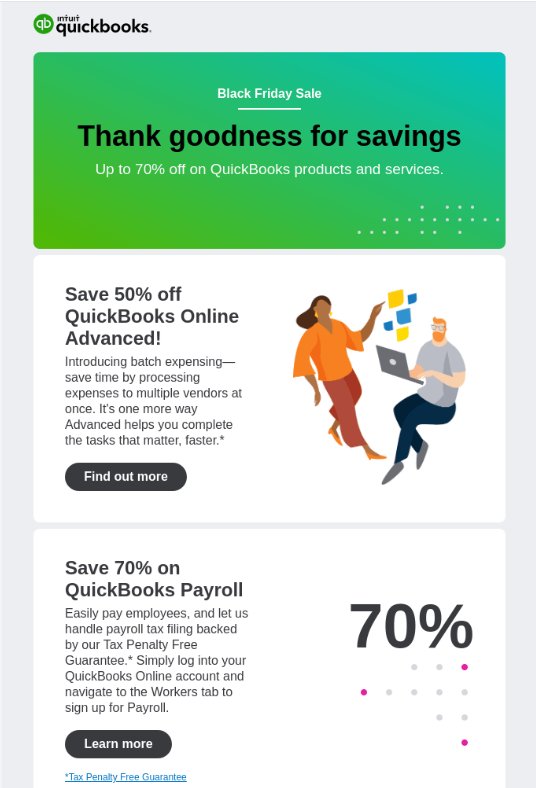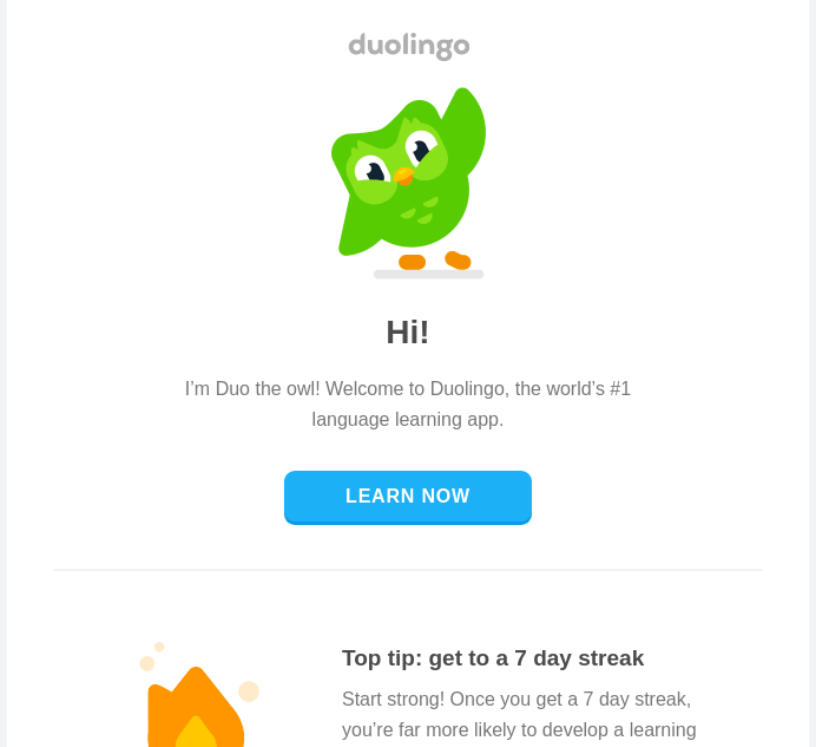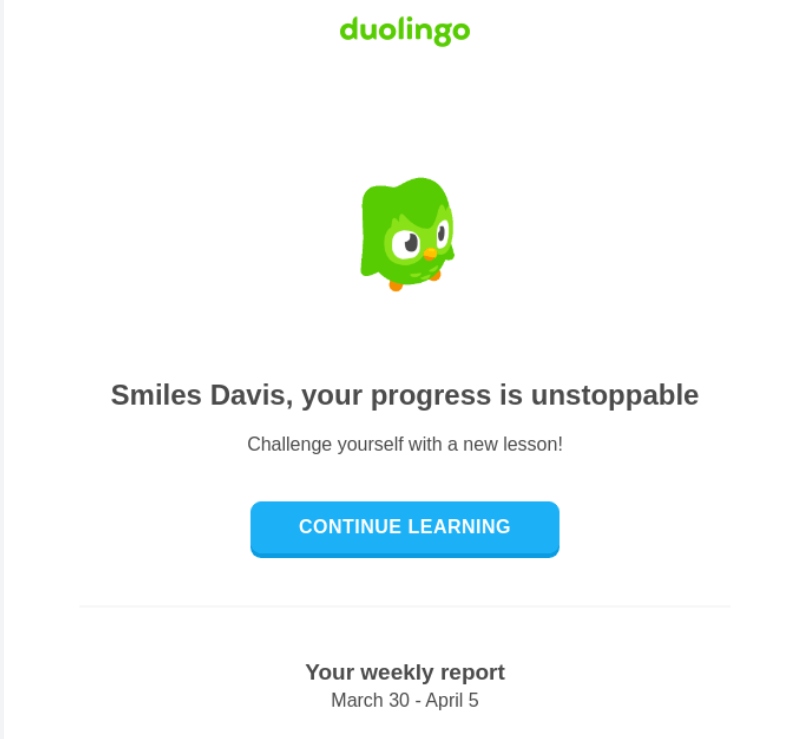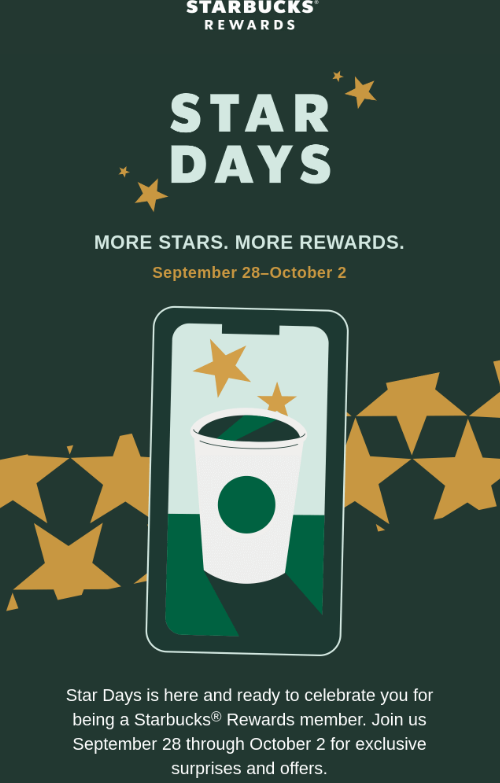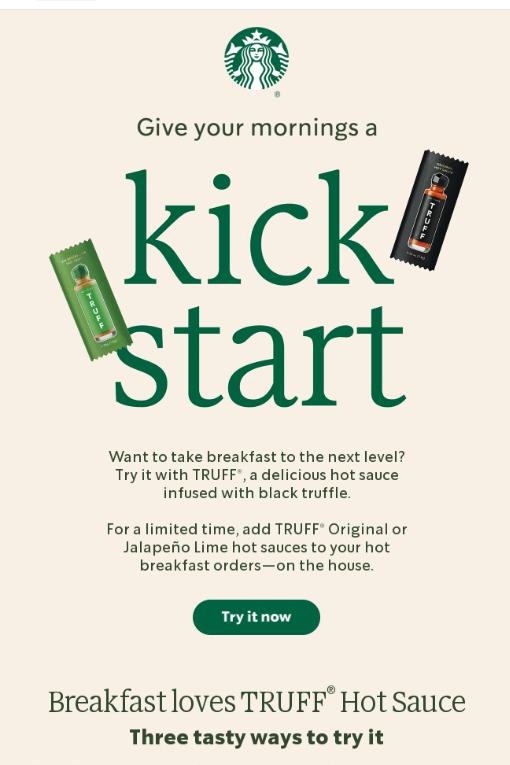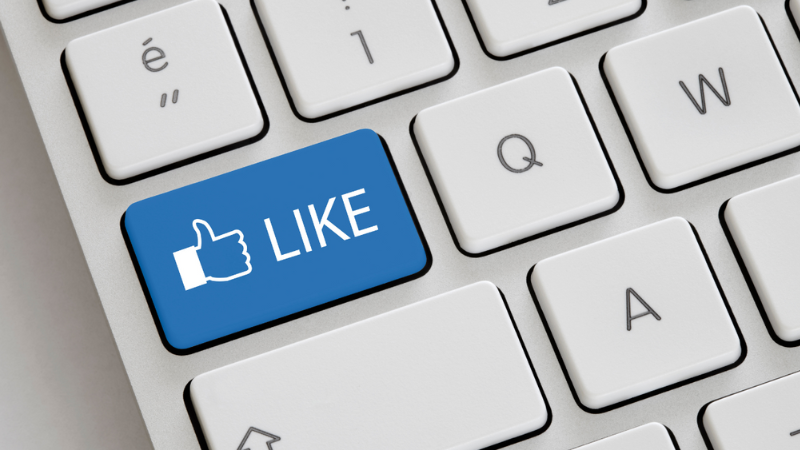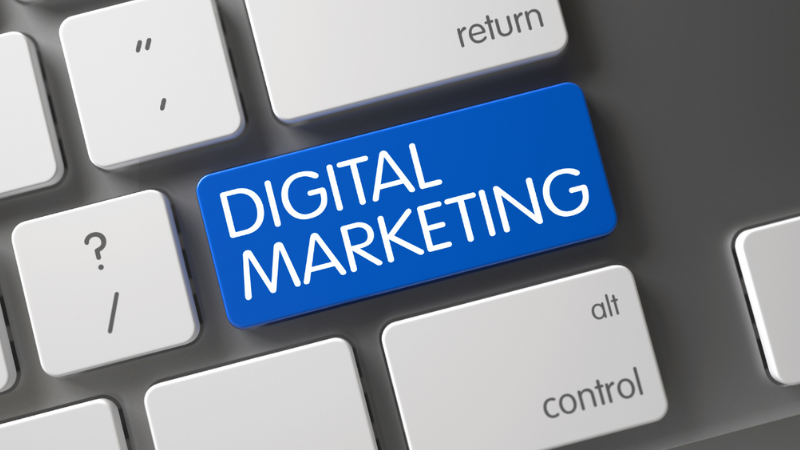Customer Segmentation: What It Is, Key Types, & How to Convert More
No two customers are exactly alike. Each has unique priorities, preferences, and reasons for choosing your brand. When your message reflects what people actually care about, it feels more personal, relevant, and worth engaging with.
Customer segmentation helps you do just that. By understanding the needs of different customer groups, you can tailor your marketing to feel more human, build trust, and turn casual shoppers into loyal customers.
Take a Shortcut
- What is Customer Segmentation?
- What’s the Difference Between Customer Segmentation & Market Segmentation?
- What are the Benefits of Segmenting Customers?
- Using Customer Segmentation on Different Channels
- Types of Customer Segmentation
- Top 5 Ways to Gather Data for Customer Segmentation Analysis
- How to Build an Effective Customer Segmentation Process That Drives Results
What is Customer Segmentation?
Customer segmentation is organizing your customers into groups based on shared characteristics. These characteristics can include demographics, interests, purchase behavior, location, or other factors that influence how people interact with your brand. By recognizing what these groups have in common, you can adjust your offers to resonate with each segment’s needs.
For example, if you’re a product seller, you might create three segments based on shopping habits:
- Frequent shoppers: These are your most loyal customers, the ones who buy regularly and keep coming back. Reward them with perks like early access to new arrivals or a loyalty program that makes them feel appreciated and keeps them engaged.
- Occasional buyers: They purchase occasionally but aren’t yet loyal. Sending a reminder with a small incentive, like free shipping or a limited-time coupon, can encourage them to shop more.
- Window shoppers: These are people who browse but rarely buy. Targeting them with personalized recommendations or a first-time buyer discount can nudge them to make their first purchase.
What’s the Difference Between Customer Segmentation & Market Segmentation?
Market segmentation looks at everyone who could buy from you. These are your potential customers. It helps you understand different groups within your broader market so you can position your brand effectively.
Customer segmentation focuses on the people who already buy from you. It’s about learning from real data and behavior so you can build stronger relationships, increase loyalty, and improve retention.
Let’s break it down with an example. Imagine you run a sports apparel brand.
- With market segmentation, you divide your audience into groups such as runners, gym-goers, or soccer players to identify your biggest opportunities.
- With customer segmentation, you’d look at your existing buyers. For example, which customers buy running shoes most often, or who tends to shop during seasonal sales, and group them based on those patterns.
What are the Benefits of Segmenting Customers?
Grouping your customers into specific segments comes with a lot of perks, such as:
- Personalized marketing campaigns: Customers are far more likely to engage with your business when you send offers that match their interests or pain points. In fact, 83% of customers would be willing to share their data with your business to help you create more personalized experiences for them.
- Improved customer satisfaction and brand loyalty: Research shows that 82% of customers are more likely to choose a brand that offers personalized experiences.
- Better sales and ROI: Personalization pays off. According to a report by Twilio Segment, most business leaders see customers spend more when their experience feels personal.
Using Customer Segmentation on Different Channels
Here are a few key channels where you can use segmentation effectively:
- Social media marketing: Segment your followers based on interests, purchase behavior, or engagement level to deliver content that resonates with each group. For example, a beauty brand might share tutorials and behind-the-scenes posts with followers who frequently engage with product videos, while showing limited-time offers or bundle discounts to followers who often click through to the store.
- Paid advertising: Platforms like Google Ads and Meta Ads let you create audience lists based on browsing behavior, demographics, or purchase intent. You might show one ad set to repeat buyers that features loyalty discounts and another to first-time visitors with a welcome offer.
- Website personalization: Segmentation can also make your website feel more intuitive. For instance, returning customers might see product recommendations based on past purchases, while new visitors could be greeted with a special first-time offer.
- SMS and push notifications: Use segmentation to make mobile communications more timely and personal. For example, you can send order updates or restock alerts to recent buyers and exclusive offers or win-back campaigns to inactive users.
- Customer support: Even post-purchase interactions can benefit from segmentation. For example, high-value customers might receive priority support or early access perks, while new customers can get onboarding tips or how-to content to help them get the most from their purchase.
Types of Customer Segmentation
Most businesses segment customers based on a mix of different approaches. Here are the various customer segments you’ll come across:
- Demographic customer segmentation
- Geographic customer segmentation
- Behavioral customer segmentation
- Psychographic customer segmentation
- Technographic customer segmentation
- Firmographic customer segmentation
- Segmentation by customer lifecycle stages
- Segmentation by customer value
1. Demographic Customer Segmentation
Demographic customer segmentation categorizes customers into groups based on demographic data, such as age, gender, income, or educational level.
For example, a fashion retailer might notice that its audience includes both teenage shoppers looking for trendy, affordable pieces and older professionals who prefer timeless styles. With that insight, it can promote bold, fast-fashion looks to the younger group and highlight classic essentials to the older one.
That’s exactly what Nike does. The brand tailors its website and product recommendations based on gender and age group, with dedicated sections for “Men,” “Women,” and “Kids,” each featuring visuals, copy, and products that align with the priorities of that demographic.


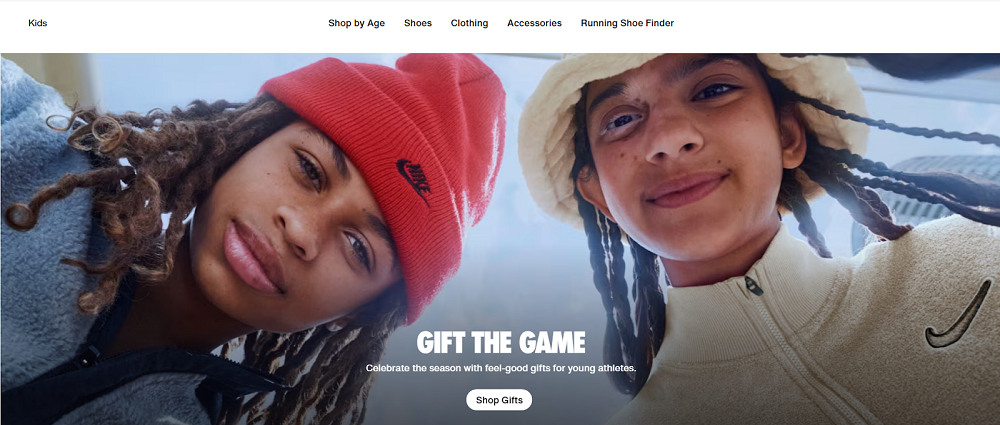
2. Geographic Customer Segmentation
Geographic segmentation involves grouping customers based on the regions from which they originate. It could be their country, city, or even the climate in which they live. A common example is an online clothing store showing warm coats to shoppers in cold regions and lightweight summer wear to customers in hot, tropical areas.
These two Uniqlo emails show this strategy in real life:
The first email targets customers in warm or tropical regions who want outfits that help them stay cool.
The second email highlights a rain‑blocking jacket that’s perfect for customers living in colder or rainy regions.
3. Behavioral Customer Segmentation
Behavioral segmentation groups people based on how they interact with your brand. This can include what they buy, how often they engage, and how loyal they are. It’s all about understanding actions, not just demographics.
You might look at patterns such as:
- Purchase frequency: How often do they buy?
- Usage behavior: How do they use your product or service?
- Loyalty and engagement: Are they first-time shoppers or repeat customers?
- Buying motivation: Do they respond to discounts, convenience, or new arrivals?
For example, a coffee bean brand might notice that some customers reorder beans every month, while others only buy when there’s a sale. Loyal subscribers could get early access to limited-edition blends or a “thank you” reward for placing consistent orders. Meanwhile, deal-seekers might receive time-sensitive discount emails or personalized product suggestions to encourage their next purchase.
Spotify takes a similar behavioral approach. The platform analyzes users’ listening habits, like what playlists they choose, how often they skip tracks, when they listen, and which devices they use.
Based on that behavior, the brand creates audience segments such as “mobile-only during commute,” “desktop evening listener,” “frequent playlist creator,” or “weekend party mode.” With these insights, the brand is able to effectively tailor what users see on the Spotify app and when.
For example, a daily commuter might get a “morning commute playlist” push notification right before their usual travel time.
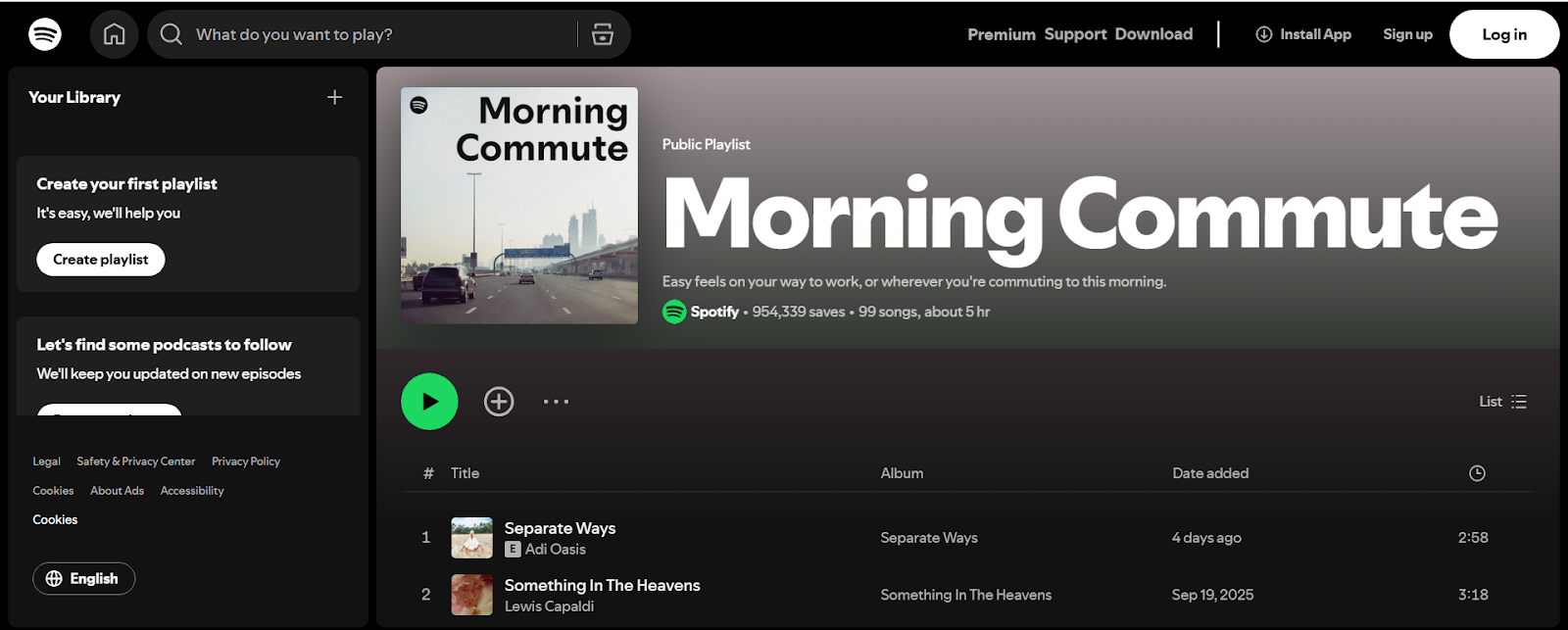
4. Psychographic Customer Segmentation
Psychographic segmentation is defined as grouping customers based on their values, lifestyle, personality, or interests. It goes beyond tracking what customers do to uncover the motivations and attitudes behind their actions.
Let’s say you run a meal‑kit delivery service. Through customer feedback surveys, you discover two clear psychographic groups:
- Health‑driven foodies who value clean eating and fitness.
- Busy convenience seekers who want quick, no‑fuss dinners.
In this case, you can promote unprocessed meal plans to the health-focused group, while sending convenience seekers offers for quick and easy meals.
Netflix takes a similar approach with behavioral data. The platform studies what people watch, like, or skip to understand their viewing habits and preferences. Two people might even see different cover images for the same show. Someone who watches a lot of science fiction could see a poster emphasizing suspense and action, while another who prefers character-driven stories might see one that focuses on relationships and emotion.
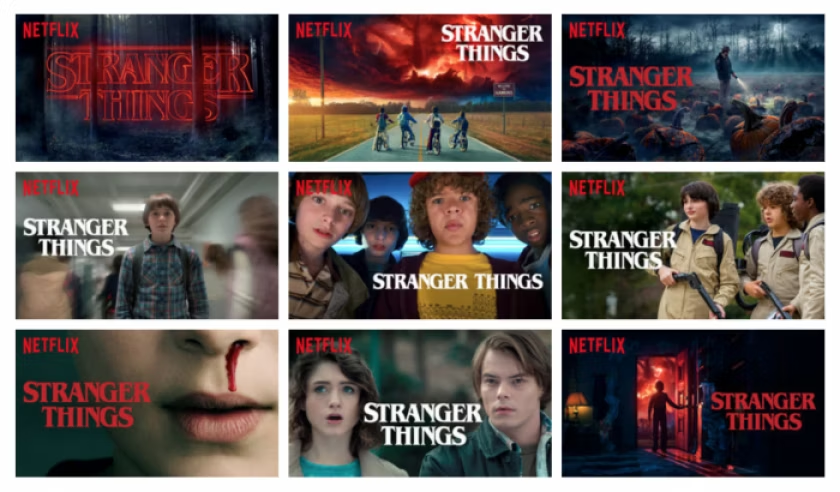
In both cases, the goal is the same: understand what motivates your audience and use those insights to deliver experiences that feel personal, relevant, and worth engaging with.
5. Technographic Customer Segmentation
Technographic segmentation groups customers by the technology they use, such as their devices, software, or platforms. It is especially useful for tech and online businesses.
A music streaming service can create two tech‑based segments:
- Mobile‑only listeners who stream music on the go.
- Desktop users who stream music while working.
The company can then send in-app notifications to mobile users highlighting commute-friendly mixes or workout playlists. In contrast, desktop listeners can receive productivity or focus-themed playlists designed for background listening during work hours.
Let’s take a look at a couple of Zoom emails, doing something very similar.
Desktop users get a message highlighting screen‑sharing and advanced collaboration features, which are perfect for people running meetings from their computer.
At the same time, mobile users get an email focused on AI‑powered tools and integrations with other mobile apps.
6. Firmographic Customer Segmentation
Think of firmographic segmentation as demographic segmentation for businesses, where you group your B2B customers by industry, company size, revenue, or even growth stage.
For example, a cybersecurity software company might create three segments for:
- Small e-commerce shops that only need basic website protection and automated backups.
- Mid‑sized SaaS companies that require multi‑user access controls and team‑level reporting.
- Large financial institutions that demand enterprise‑level security with 24/7 monitoring and compliance tools.
By creating tiered offers and tailored messaging for each segment, the software provider can address the specific needs of each business type, making it easier to convert leads into paying clients.
QuickBooks takes a similar approach. They often send different emails to customers based on their business size and complexity.
Here’s an email promoting QuickBooks tools that help small and mid-sized businesses manage payroll, expenses, and taxes more efficiently. It highlights features like batch expensing and penalty-free payroll filing.
Compare it to this second email, which highlights simple features, such as snapping receipts and joining the help community. These features are ideal for freelancers or one-person businesses that manage their own finances.
7. Segmentation by Customer Lifecycle Stages
Shoppers are typically at different stages of their buying journey with your business. Some may be brand-new, others shop regularly, and a few may have gone quiet.
If you run a skincare brand, for example, you could segment your customers based on their customer journey like this:
- New customers: Send a welcome email with a 15% discount first-purchase coupon to encourage that first order.
- Active repeat buyers: Offer exclusive access to a loyalty bundle or double rewards points to keep them coming back.
- Lapsed customers: Send a personalized win‑back email featuring their favorite past products and a limited-time discount to spark interest again.
This way, you can guide shoppers naturally from their first purchase to long‑term loyalty, while re‑engaging those who’ve drifted away.
Duolingo applies this strategy brilliantly in its marketing emails.
New users get a friendly welcome email that encourages them to start their first lesson and aim for a 7‑day streak.
Active users receive weekly reports and motivational messages, such as “Your progress is unstoppable!” to encourage them to continue learning.
And inactive users get win‑back emails with supportive messages such as “Duo believes in you!” and a “Start a Lesson” CTA button to bring them back into the app.
8. Segmentation by Customer Value
Not all customers contribute equally to your revenue. Some pop in once in a while and make small purchases, while others are your true VIPs who drive a huge chunk of your sales. By focusing on your highest‑spending customers, you can increase their customer lifetime value and maximize your return on marketing efforts.
Take an online fashion boutique as an example. After analyzing their data, they found that about 10% of shoppers account for half of all revenue. To keep these high-value customers engaged, they offer special perks such as:
- Early access to new collections
- Free express shipping
- A dedicated support line
The rest of the customer base still receives smaller rewards:
- Seasonal sale alerts
- Welcome discounts for new shoppers
This approach helps the boutique recognize its top customers while still making everyone feel valued.
Here’s an example from Starbucks.
Their high-value customers receive an email about the “Star Days” promotion that offers exclusive rewards and bonus stars to keep loyal customers engaged and spending.
To re-engage lower-value or occasional customers, the brand sends the “Kickstart Your Morning” campaign featuring limited-time products that spark interest and encourage more frequent purchases.
Top 5 Ways to Gather Data for Customer Segmentation Analysis
To segment your customers effectively, gather as much information about them as possible. Here are five key sources you can collect customer data from for segmentation:
Quizzes
Quizzes are a fun and interactive way to collect valuable customer insights for segmentation analysis. They help you understand individual preferences, goals, and motivations through engagement rather than direct questioning. Because people enjoy taking quizzes, you often get richer, more authentic data.
You can create different types of quizzes with a quiz maker like Opinion Stage to learn what drives each audience group:
- A product recommendation quiz reveals buying preferences and helps segment customers by their needs or interests.
- A personality quiz uncovers traits or lifestyles that influence purchasing behavior.
- A knowledge quiz identifies awareness levels and familiarity with your product or category.
- A lead generation quiz collects contact details while uncovering interests or intent, making it easy to segment leads by readiness to buy or specific needs.
Each quiz response reveals something about your audience and what matters most to them. When analyzed together, quiz data can uncover clear patterns that make your segmentation more accurate and your marketing more personalized.
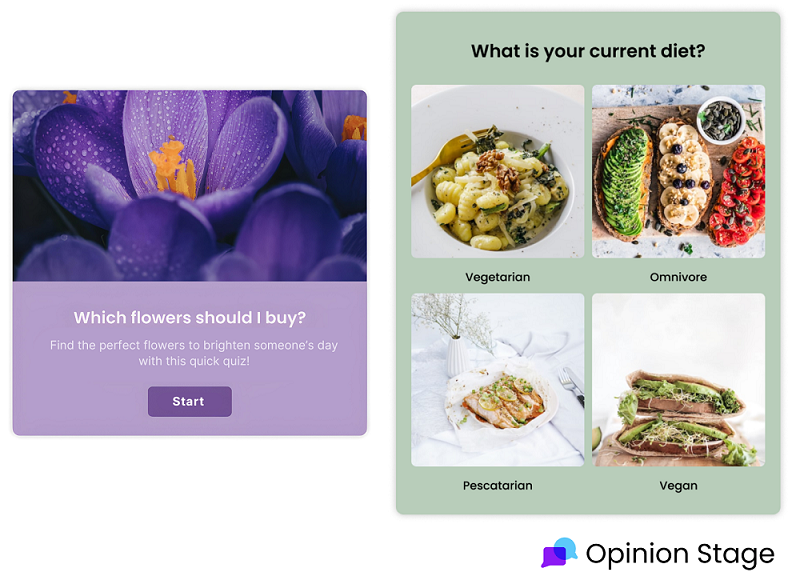
Surveys
Surveys are another reliable method for gathering detailed customer data. They give customers a voice and help you understand what really drives their choices, so your strategy reflects real people, not assumptions.
Depending on what insights you want to collect, here are some handy surveys you can create with Opinion Stage:
- A market research survey helps identify customer needs, motivations, and preferences.
- A demographic survey reveals who your customers are and where they come from.
- A pricing survey shows how different groups think about value and affordability.

Sales & CRM Data
Sales data highlights overall buying patterns, while CRM data adds depth by revealing each customer’s history and relationship with your brand. When combined, they help you spot clear customer segments, such as high-value buyers, loyal repeat customers, or one-time shoppers, and personalize your outreach accordingly.
Website & Behavior Analytics
Website analytics give you a clear view of how people interact with your site. You can see which pages attract their attention, how long they stay, and what actions they take, from reading content to completing a purchase. With these insights, you can easily group users and engage them based on their online activity.
Email Marketing Platforms
Email marketing tools, such as Sender, allow you to track metrics like open rates and click-through rates for each segment. This helps you see which groups respond best to specific content, so you can adjust your messaging and improve engagement over time.

You can also use Sender to gather data for customer segmentation through lead capture pop-ups and signup forms. This helps you identify audience groups and tailor emails that match their interests and behaviors.
How to Build an Effective Customer Segmentation Process That Drives Results
Here’s a customer segmentation strategy you can follow to group your customers effectively:
Step 1: Set a clear goal
Decide what you want to achieve, then set a clear goal that will guide your strategy. For example, you might want to increase repeat purchases.
This clarity will help you determine which segments to focus on (e.g., one-time buyers vs. repeat customers) and how to measure success.
Step 2: Build a customer segmentation quiz
Use an interactive quiz to gather data you can use to segment customers. For example, if you run a skincare shop, you might give users a quiz called “Find Your Ideal Skin Care Routine” that asks them about their skin type and concerns.
Based on their answers, you can sort them into segments such as a “Dry Skin” group and an “Oily Skin” group.
Step 3: Send targeted emails to each segment
The third step is to send personalized content to your segments. Email, which offers an ROI of $36 for every dollar spent, remains one of the most effective channels you can use to deliver the right message to the right people.
With an email marketing platform, you can create campaigns tailored to each segment’s interests and needs. This approach helps increase engagement and improves your chances of turning leads into paying customers.

Step 4: Track, analyze, & improve
Once you send out your email campaigns, you need to monitor their performance.
Check the key metrics for each segment:
- Are certain groups opening your emails more often?
- Which ones are clicking and buying?
- Are some sticking around longer than others?
Use what you learn to tweak your approach. Maybe a subject line needs more punch, or a segment isn’t quite right and needs to be redefined.
Remember, segmentation is an ongoing cycle of testing, learning, and adjusting. The more you review the performance of your customer segmentation efforts, the more your engagement and conversions will grow over time.


